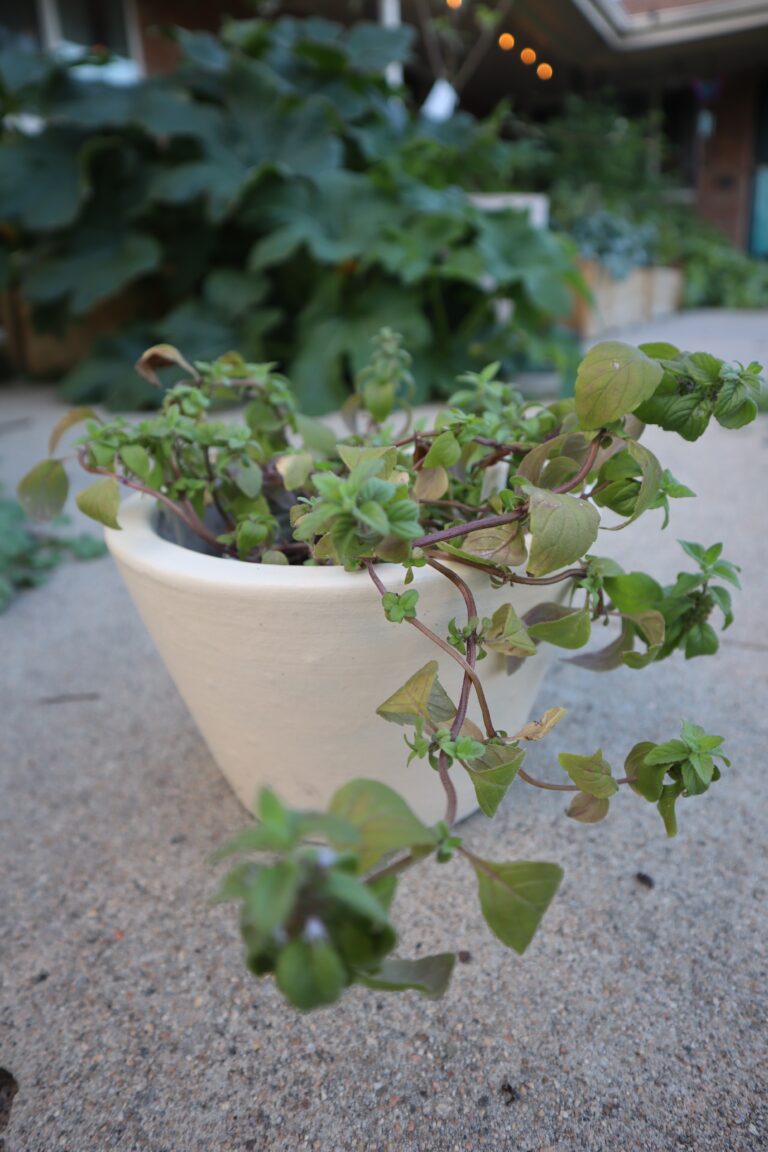How to Get Started Eating Seasonally
The movement to eat seasonally & locally is relatively new. It came about in the twentieth century due to the government subsidizing crops like corn and soy. For most of history up until that point, eating seasonally & locally was a given. Even though global food trading started as early as the iron age, it was nothing compared to what we see today.
The environmental impact of how far our food travels to get to our mouths cannot be ignored. According to the European Commission, shipping food around the world makes up for around 20% of Co2 emissions.
Of course we can’t avoid all imported foods, but it’s beneficial to look at what we can do as individuals to lower the impact of our own lives and focus on food closer to home.

The Health Impact
Not only does choosing local and in-season foods impact the environment, but it also impacts your health. Produce grown by local farms tends to be harvested within twenty-four hours of it being put on your grocery store’s shelf. This means fresher produce that doesn’t require being sprayed with chemicals to retain freshness while being shipped across the country.
Often, at least some of your local farms will be organic certified. Non-organic farmers spray pesticides on their young crops to keep them from being harmed by insects and other pests, and continue to do so when they mature to encourage a larger harvest. Research shows that pesticides are linked to many health issues and are incredibly detrimental to both body and planet.
Subsidized crops like corn and soy are part of a cycle of depleting the earth till it has nothing to give back, making the only option for growth more pesticides. Organic farming, on the other hand, creates less dirt and more soil. Our bodies benefit from this because the necessary nutrients needed for crops to grow creates a healthier and more vibrant fruit or vegetable. Depleted solid equals depleted crops. The healthier the produce is, the healthier you are.

Eating seasonally helps to support local farmers, sustainable practices, and reduced energy.
A good rule of thumb is that if you find produce in your local shop that’s grown by a farmer close by, it’s in season. Local and seasonal eating go hand in hand.
Some vegetables and fruits also store well, like squashes, apples, and cabbages. This makes it easier to find local produce that’s not technically in season. But if you live in a cooler climate like us, you won’t be finding tomatoes at your grocers in the winter that weren’t grown pretty far away.
Let’s get started!

Where to Find Local Produce
- Find a CSA. (Wondering what a CSA is? Learn more about them.)
- Find a farmers market.
- Check for produce at your local grocers or health food store.
One of my favorite resources for checking what’s in season by state is this Seasonal Food Guide. You can select your state and the time of month, and the guide will show you what is currently growing around you.
How to Eat Seasonally Year Round
Spring
Asparagus, broccoli, cabbage, carrots, celery, collard greens, garlic, herbs, kale, lettuce, mushrooms, onions, peas, radishes, rhubarb, spinach, strawberries, Swiss chard, turnips
Recipe Ideas: Roasted Asparagus with Peas and Farrow & Braised Rhubarb with Orange Zested Cream and Oat Crumble
Summer
Apples, beets, peppers, blackberries, blueberries, cantaloupe, carrots, celery, cherries, corn, cucumbers, eggplant, garlic, green beans, herbs, melon, lima beans, okra, peaches, plums, raspberries, strawberries, summer squash, tomatoes, watermelon, zucchini
Recipe Ideas: Grilled Eggplant with Charred Tomatoes, Feta, and herby Quinoa & Zucchini Cake with Tarragon Blueberry Sauce and Whipped Cream
Fall
Apples, beets, broccoli, brussel sprouts, cabbage, carrots, cauliflower, celery, collard greens, cranberries, grapes, green beans, herbs, kale, lettuce, mushrooms, onions, parsnips, peas, potatoes, pumpkin, radishes, rutabaga, spinach, sweet potato, Swiss, chard, turnips, winter squash
Recipe Ideas: Roasted Squash and Chard Salad with Pine Nuts and Dried Cranberry & Roasted Apples with Almond Oat Crumble and Cinnamon Cream
Winter
Beets, brussel sprouts, cabbage, carrots, celery, collard greens, citrus, herbs, kale, leeks, onions, parsnips, potatoes, pumpkin, rutabagas, Swiss chard, turnips, winter squash
Recipe Ideas: Creamy Potato and Leek Soup with Sourdough & Cardamom Cake with Roasted Citrus
I find that when I have fewer options when it comes to ingredients, I get way more creative with what I do have. It’s a challenge, but a really fun one. Just start with adding or taking away a few seasonal or non-seasonal items to start with and see how you do. Everything counts, and the little steps set you up for a healthier and more connected life.







